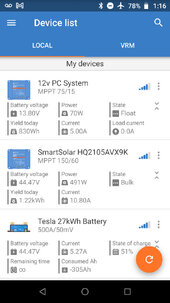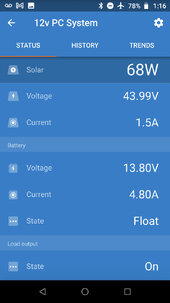Kiwi2000
Solar Enthusiast
Again, multiple battery voltages.
I still think that my original statement stands true.
You have to be careful with overpaneling Victron SCC's. Too many amps will damage them.
Unless I misunderstood previous conversations on how they operate.
Then why do Victron even have an option for "Allow oversizing above 130%" on their MPPT calculator...

If it were simply do not exceed max voltage and input amps then they wouldn't even talk about oversizing. (the SCC would simply go up in a puff of smoke the moment maximum inputs were exceeded)
No, oversizing is in relation to the watts of PV relative to the max wattage output of the unit.




